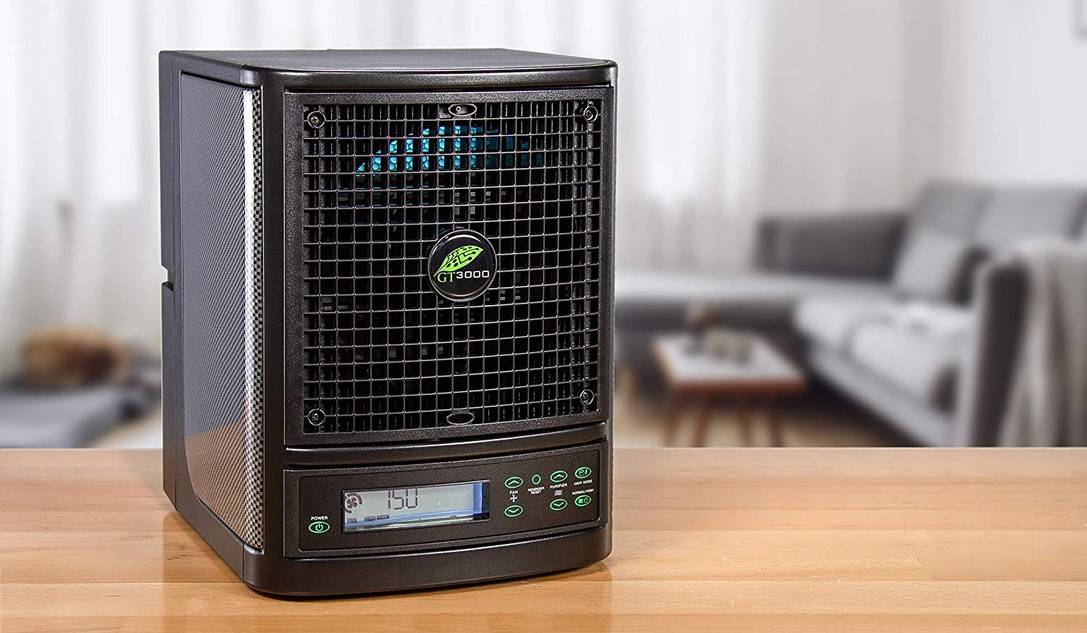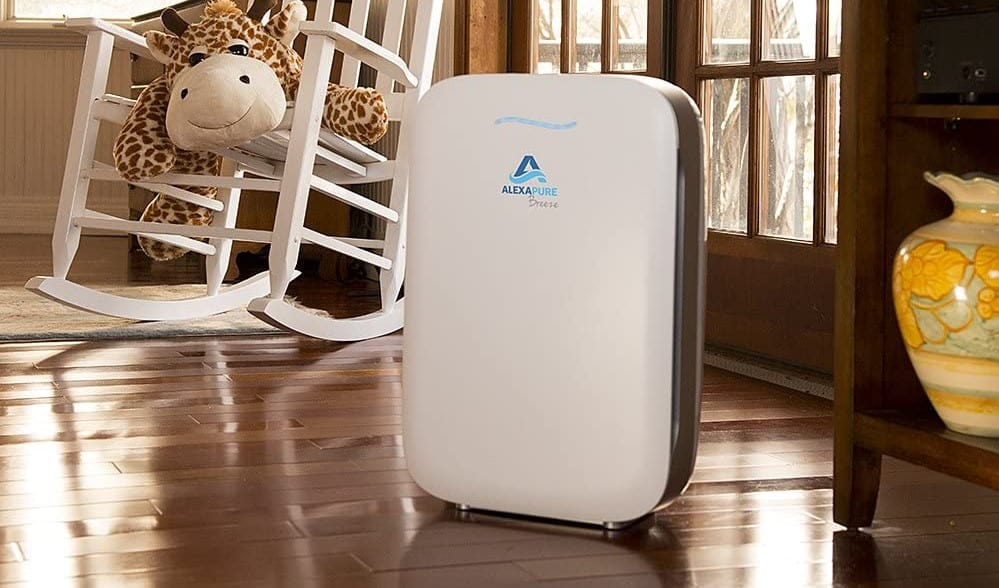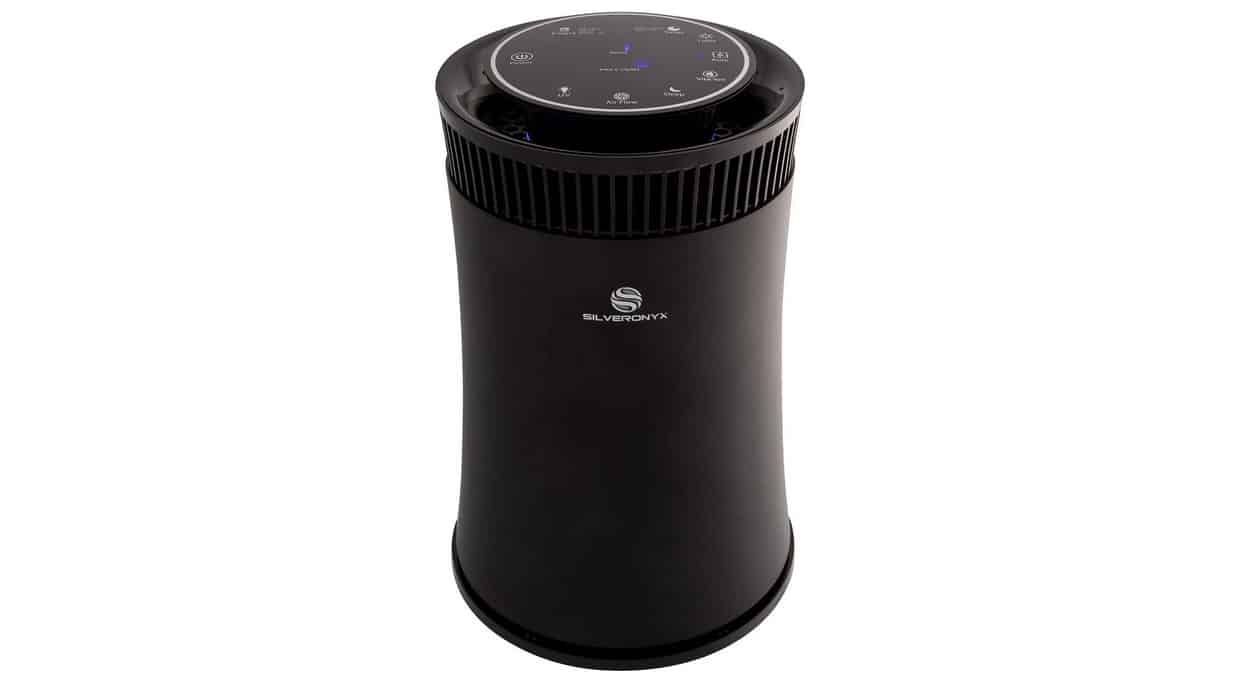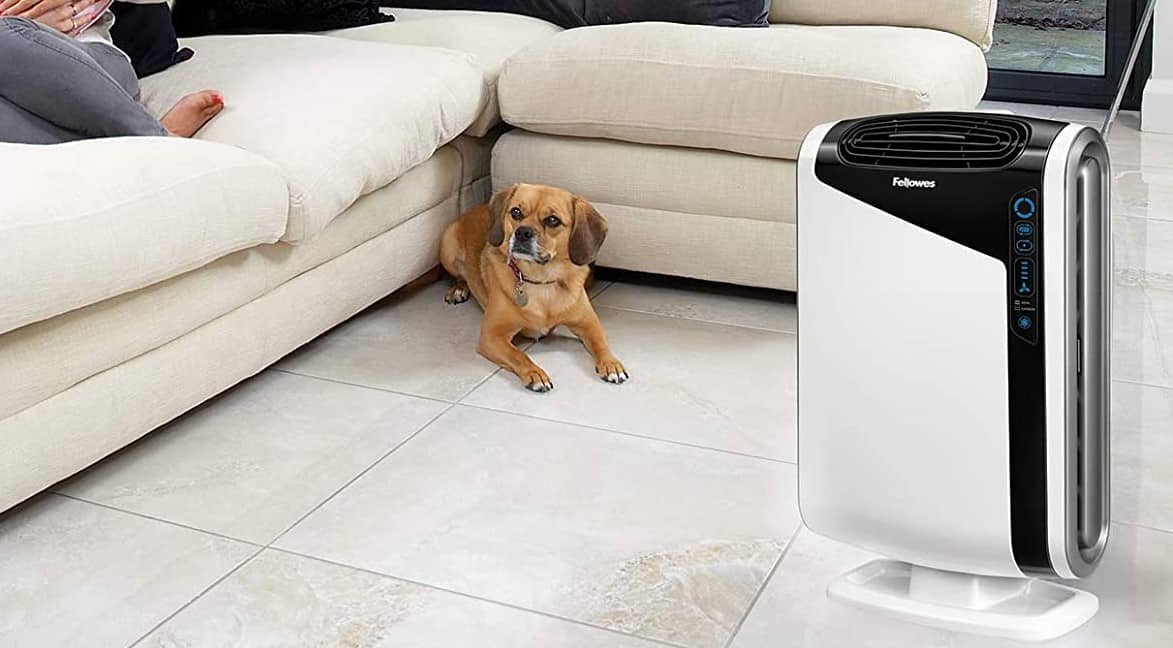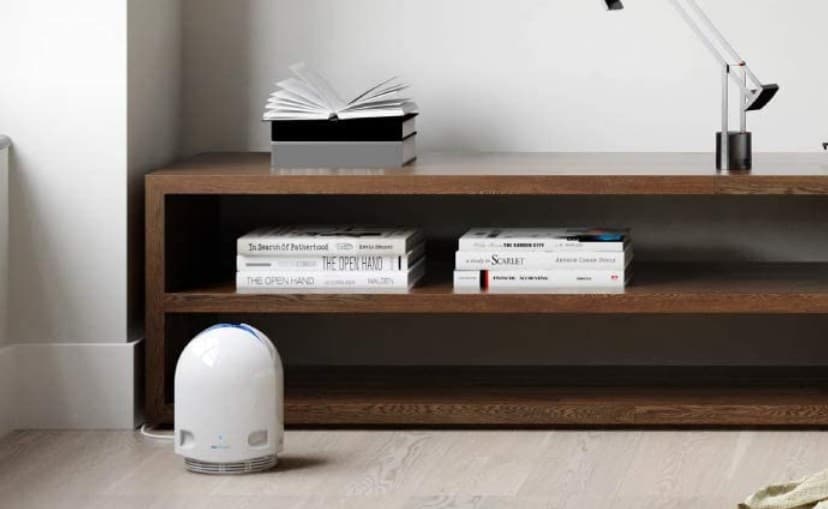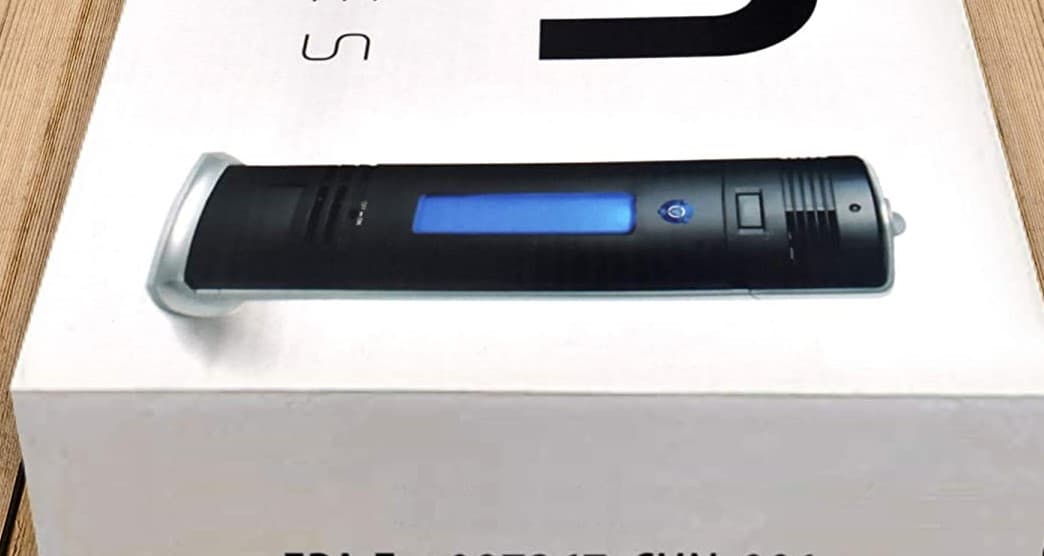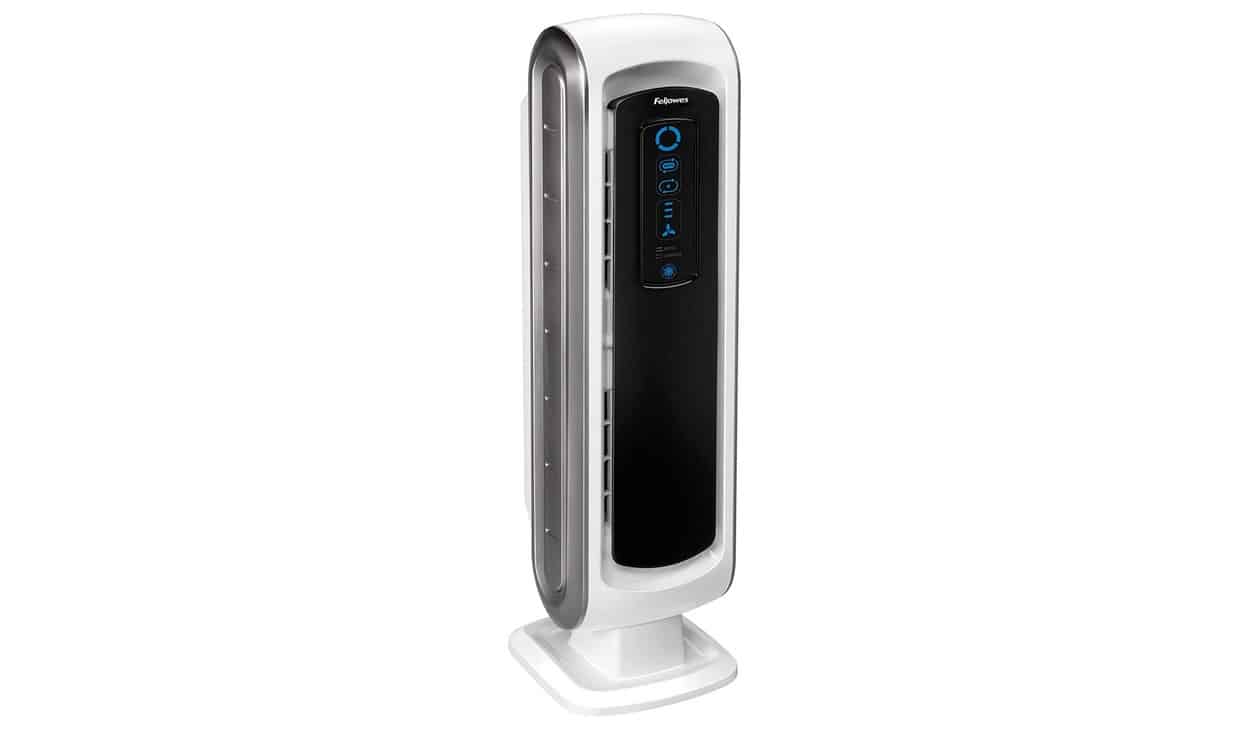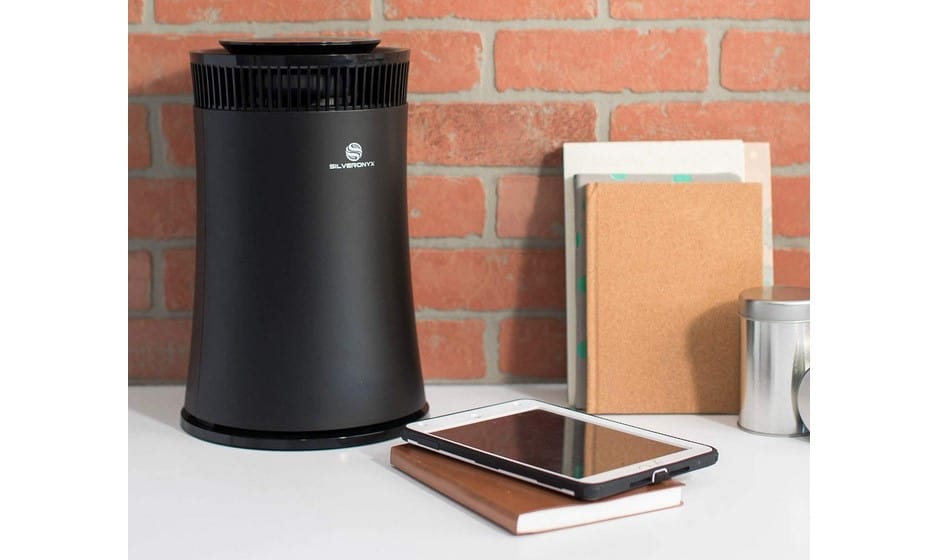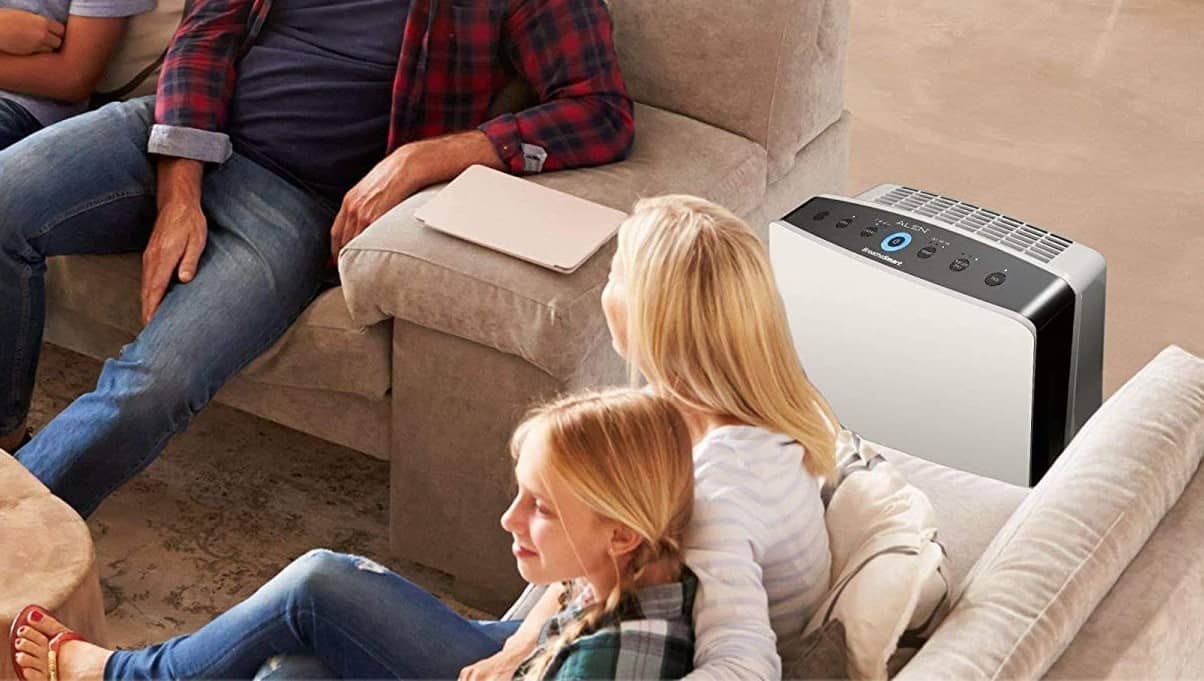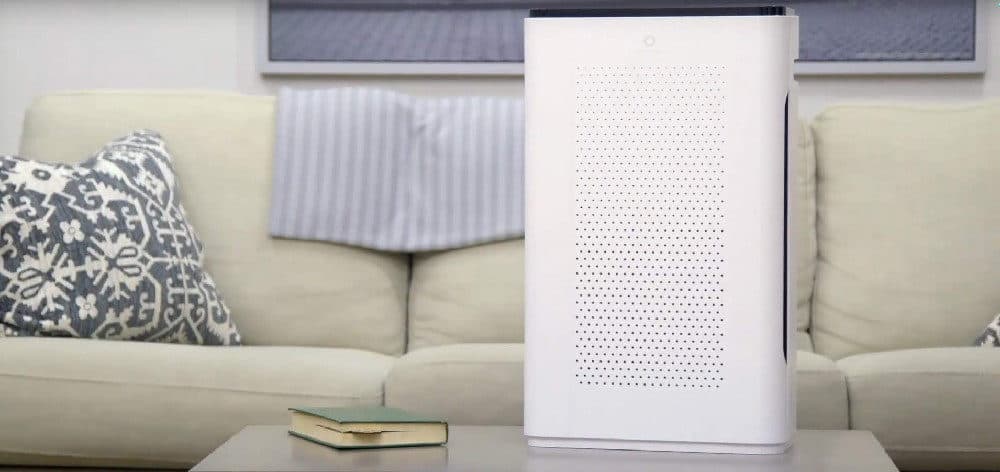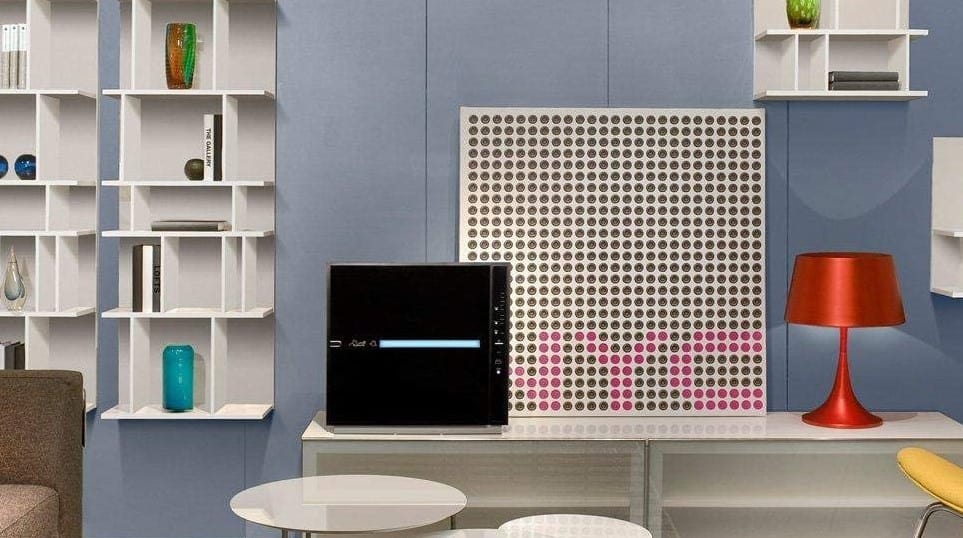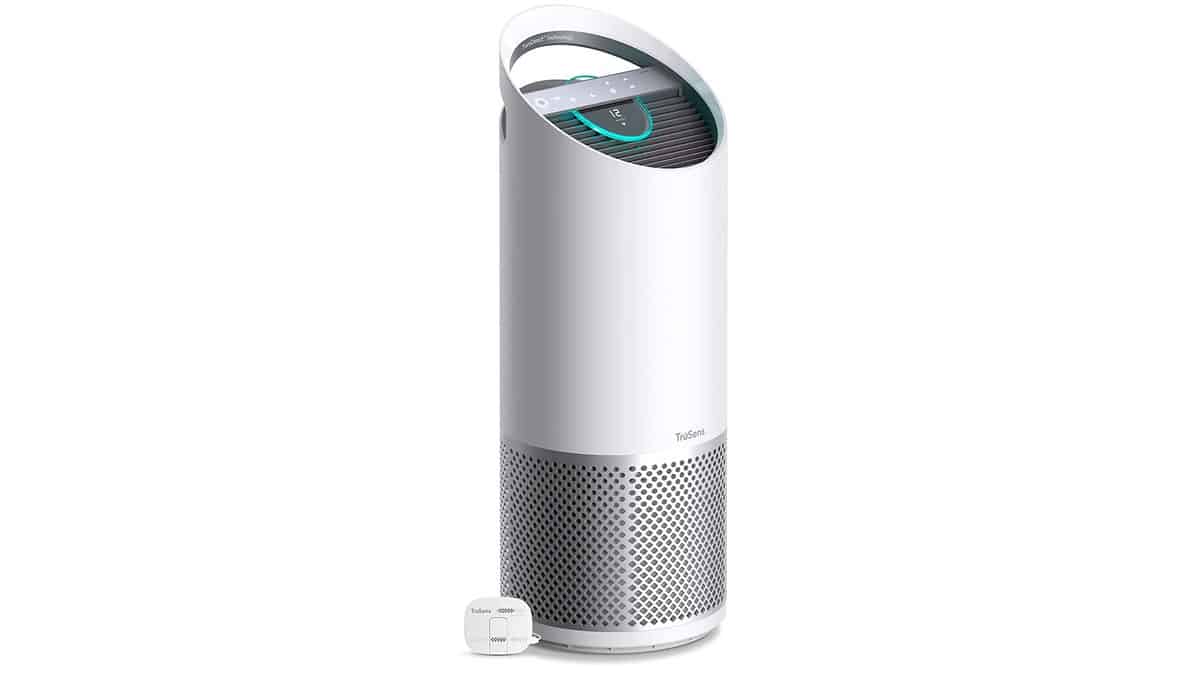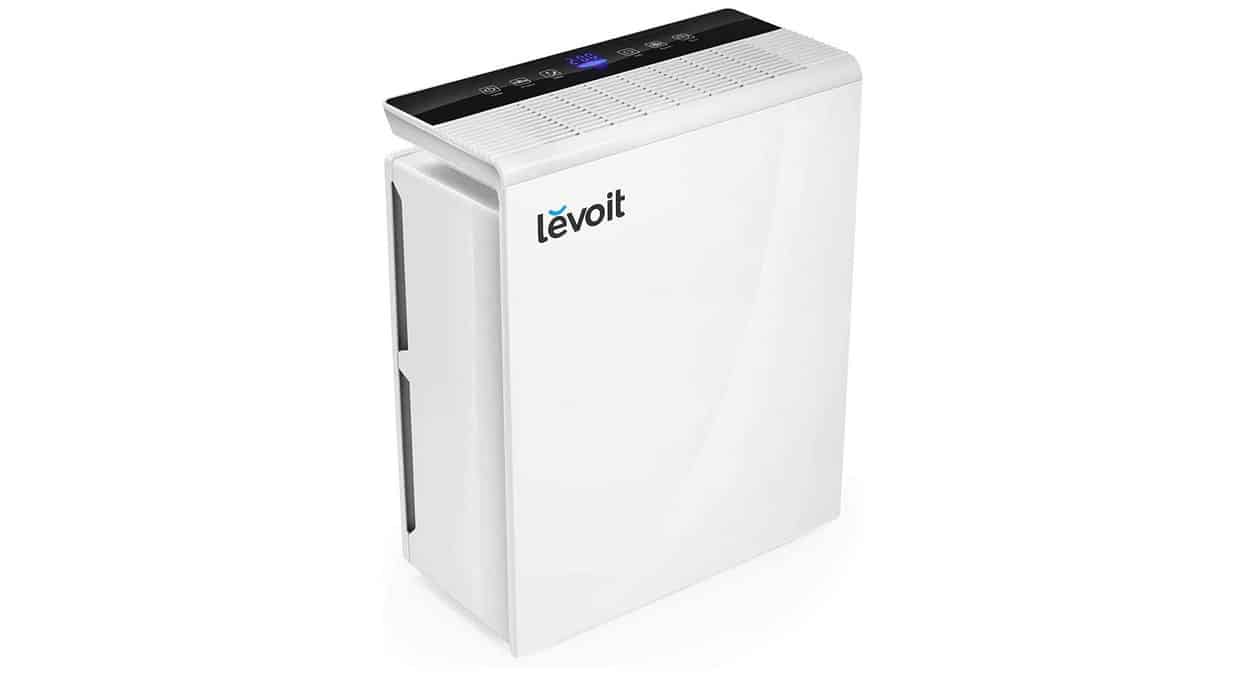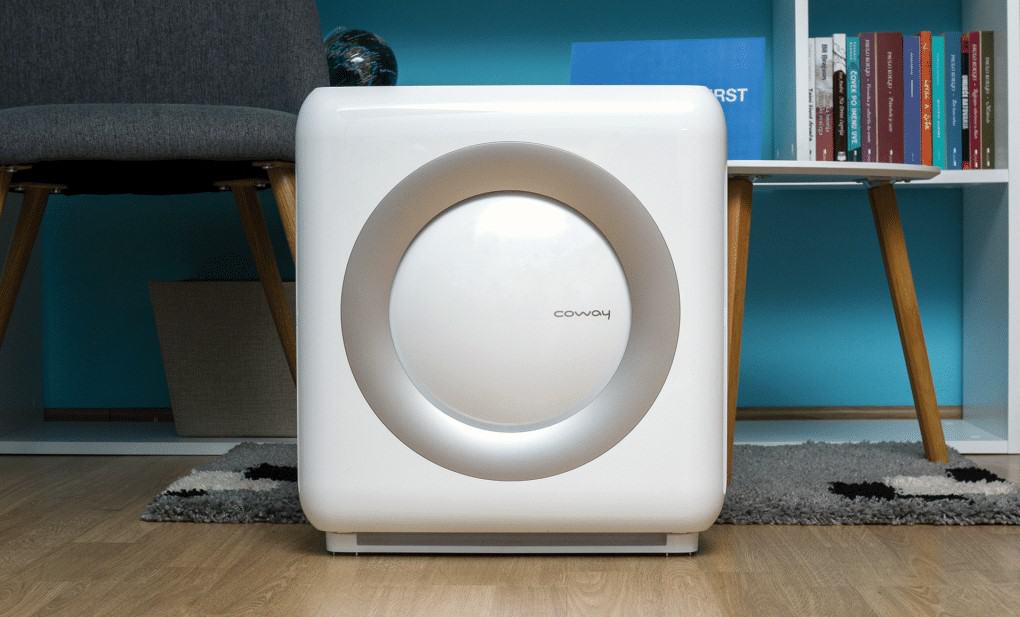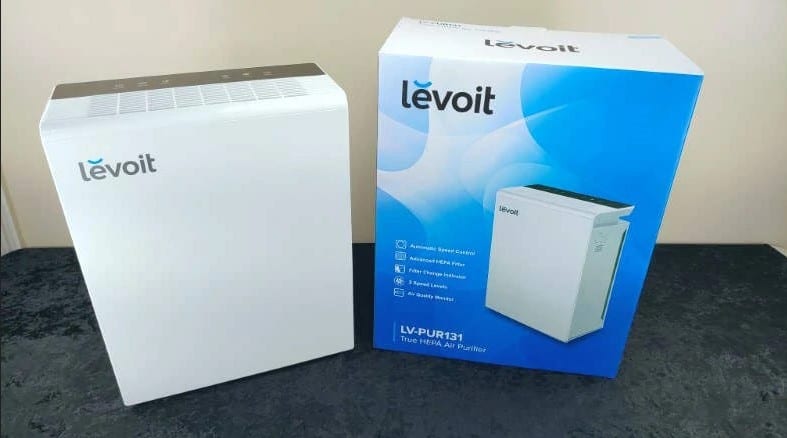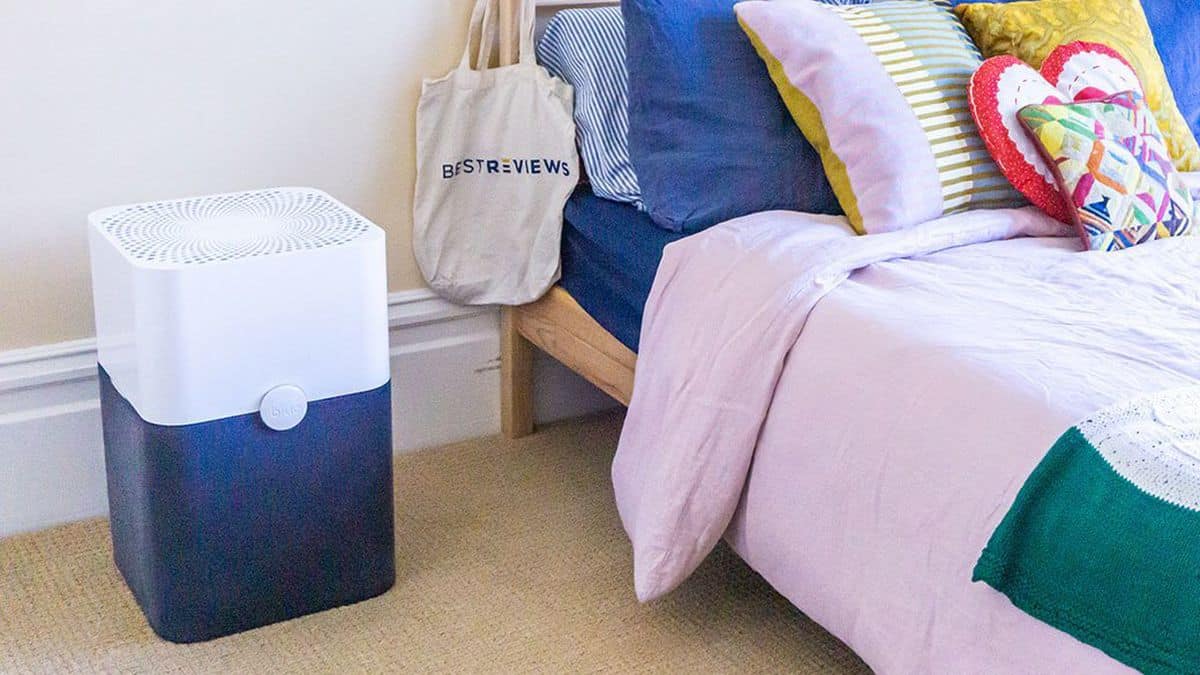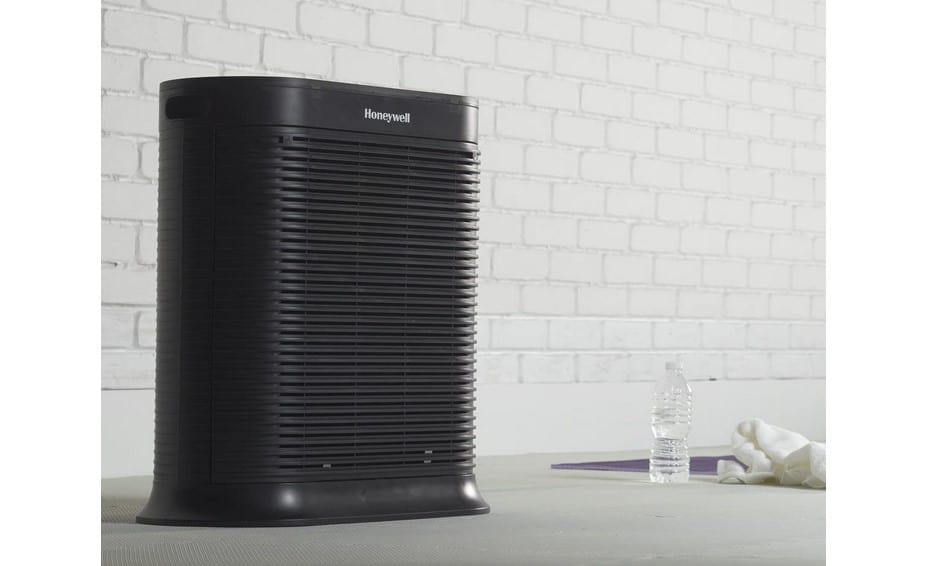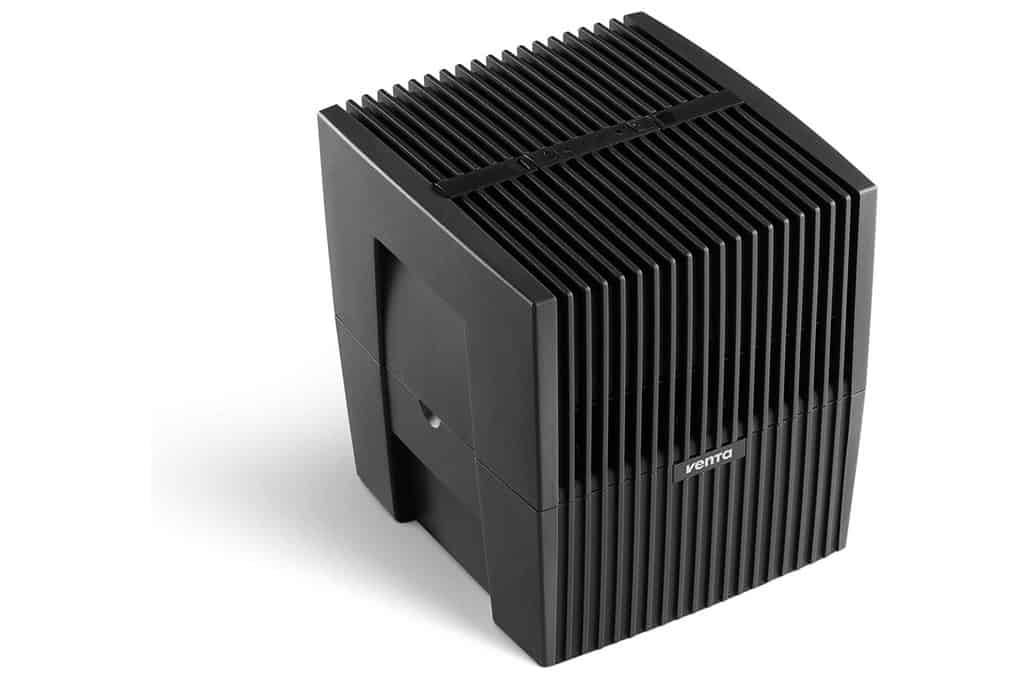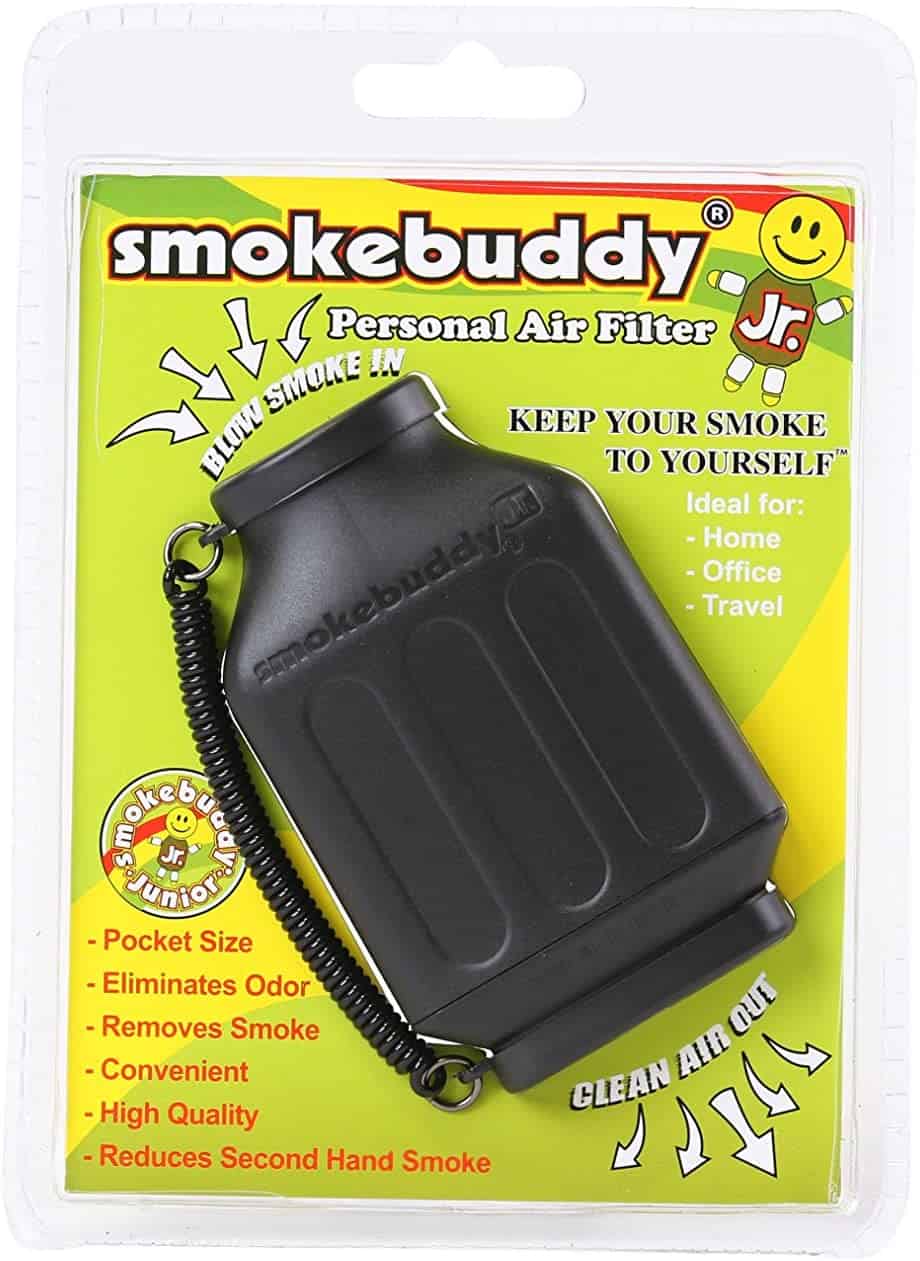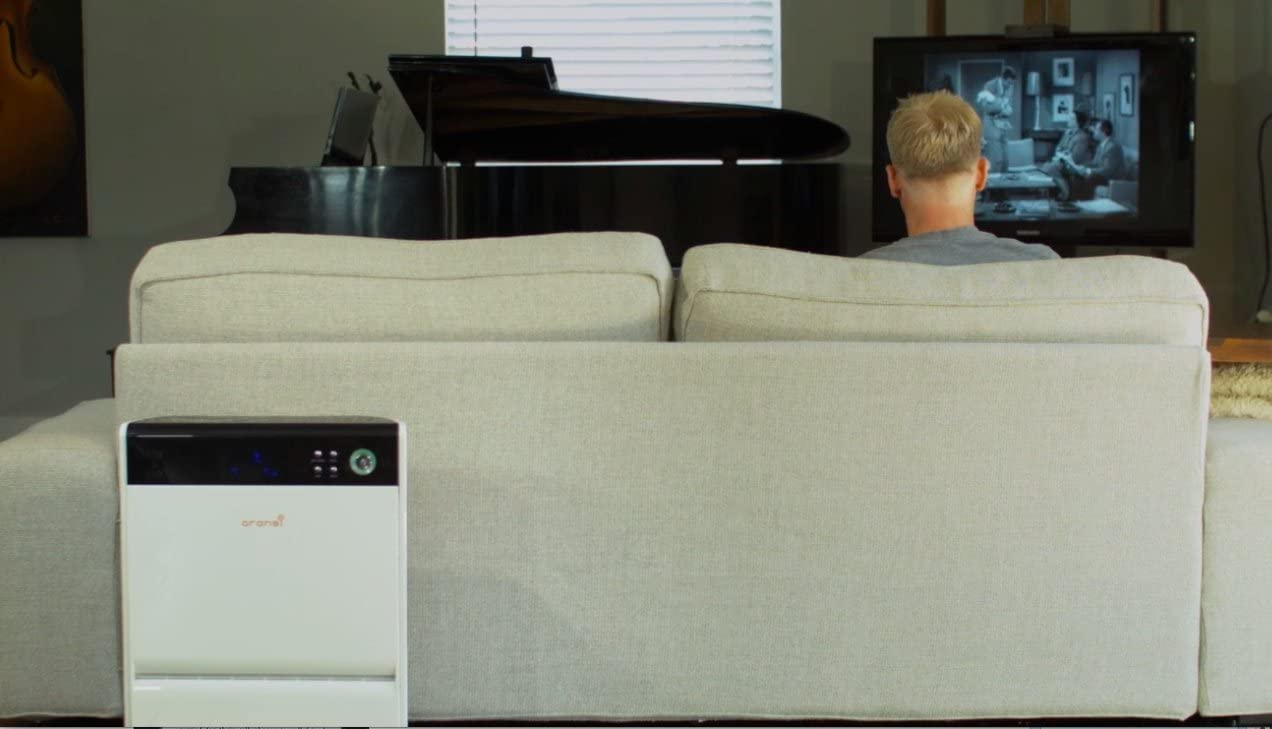If you are shopping around for a high-performing air purifier, you may be wondering what CFM is in an air filter. This term is an important metric and should be considered before purchasing a new air purifier.
KEY TAKEAWAYS:
- When it comes to air purifiers, CFM stands for cubic feet per minute.
- This metric is used to measure how quickly air flows through a purifier and generally designates purification efficiency.
- Having a high CFM will naturally increase an air purifier’s clean air delivery rate, otherwise known as the CADR.
How Do Air Purifiers Do Their Job?
Before you understand CFM it can be helpful to understand how air purifiers operate. The methods may shift depending on the air purifier type, but they generally suck in air, run it through some form of filtration technology, and then spit it back out into your living space. You may also want to find out what an air scrubber is and how it works if you want a purifier that eliminates germs and viruses using UV light.
Insider Tip
CFM stands for cubic feet per minute and is a metric that measures how quickly air flows through a purifier.
What Does CFM Mean?
CFM stands for cubic feet per minute and is a metric that measures how quickly air flows through a purifier. Generally speaking, the higher the CFM, the more air changes you will experience per hour. If you prioritize living spaces in which the air has been purified three or more times per hour, look for a purifier with a higher-than-average CFM.
Tips to Improve Air Purifier Efficiency
Besides choosing an air purifier with a high CFM, there are other ways to improve airflow efficiency. Here are some.
Keep Doors and Windows Shut
You will experience an improved clean air delivery rate (CADR) if you keep the windows and doors shut while the air purifier operates. An air purifier can only handle so much outside air before it loses efficiency and efficacy. If you are in the midst of completing a tough purification job, keeping the doors and windows shut will ensure that job goes off without a hitch. Of course, not all rooms have separating doors, so use your best judgment.
Insider Tip
You will experience an improved clean air delivery rate (CADR) if you keep the windows and doors shut while the air purifier operates.
Leave it On All of the Time
Modern air purifiers can actually be left running 24 hours a day and seven days a week. This will help increase the unit’s overall efficiency and ensure that you are breathing ultra-purified air. We recommend leaving your purifier running at its lowest setting if you are going to be using it continuously. Leaving it on while it is in its highest setting could prematurely tax some of the mechanisms.
Change or Clean Filters
You should regularly replace or clean the air filters if you want maximum efficiency. HEPA filters should be replaced every six months to one year while electrostatic filters should be cleaned once every month. While you are at it, take some time to clean the purifier itself. The amount of dirt it gathers will depend on the size of the air purifier you get. Moreover, if you get the right CADR rating for the purifier you need, it will last you longer.
If you still experience bad odors then you should check out what an h13 HEPA filter is as it ensures superior filtration and the complete removal of the foul odors. Additionally, if you get an air purifier with a pre-filter, the device will be easier to keep clean. And, if you compare a HEPA filter vs an air purifier, you’ll end up with a good device for your home.
Warning
An air purifier can only handle so much outside air before it loses efficiency and efficacy.
F.A.Q.S
What does air delivery mean?
When it comes to air purifiers, air delivery refers to purified air exiting the purifier and entering your living space. In other words, it refers to delivered purified air.
How frequently do I need to change air?
This will depend on the size of your room, how badly you need air purification and related factors. Generally speaking, you can get by with two or three air changes per hour.
How much CFM do I need?
This will depend on the size of the space you are purifying and certain external conditions, such as any open windows or doors. A rule of thumb is that you need about 100 CFM for every 250 square feet of space.
STAT: A True HEPA grade filter can capture 0.3-micron size airborne particles with a 99.97% efficiency. (source)

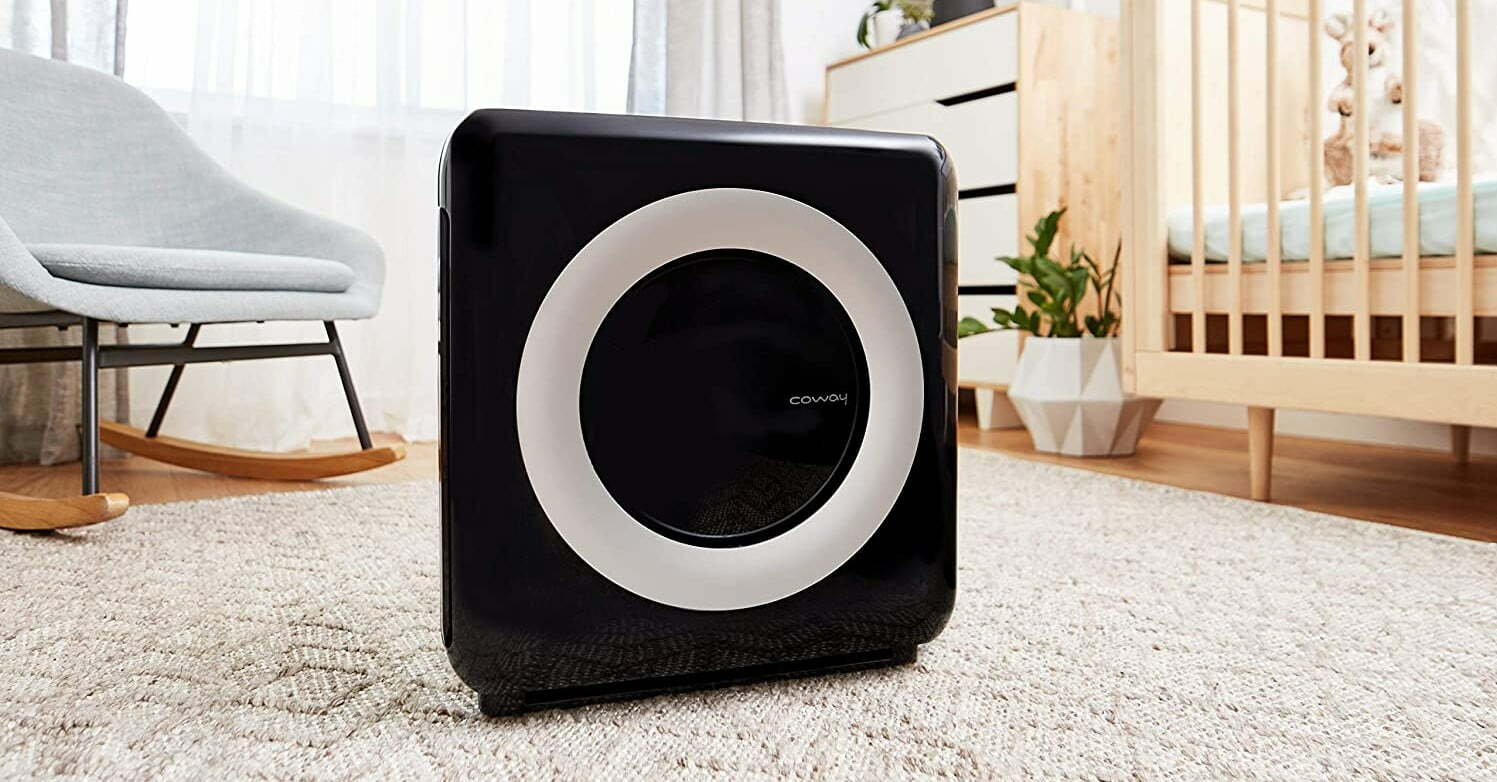













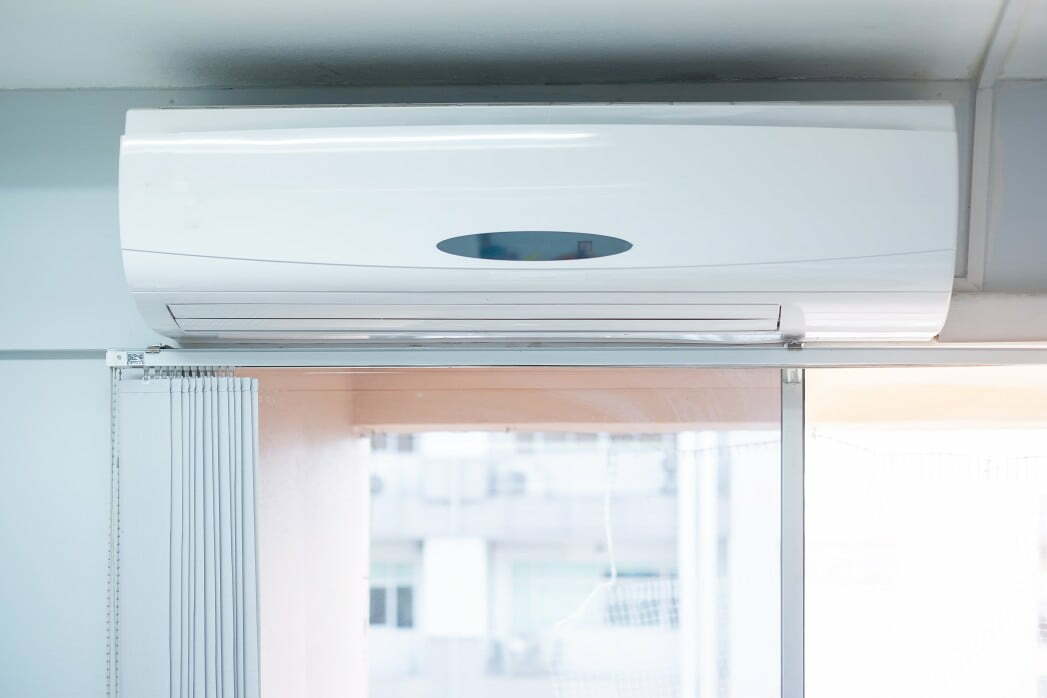
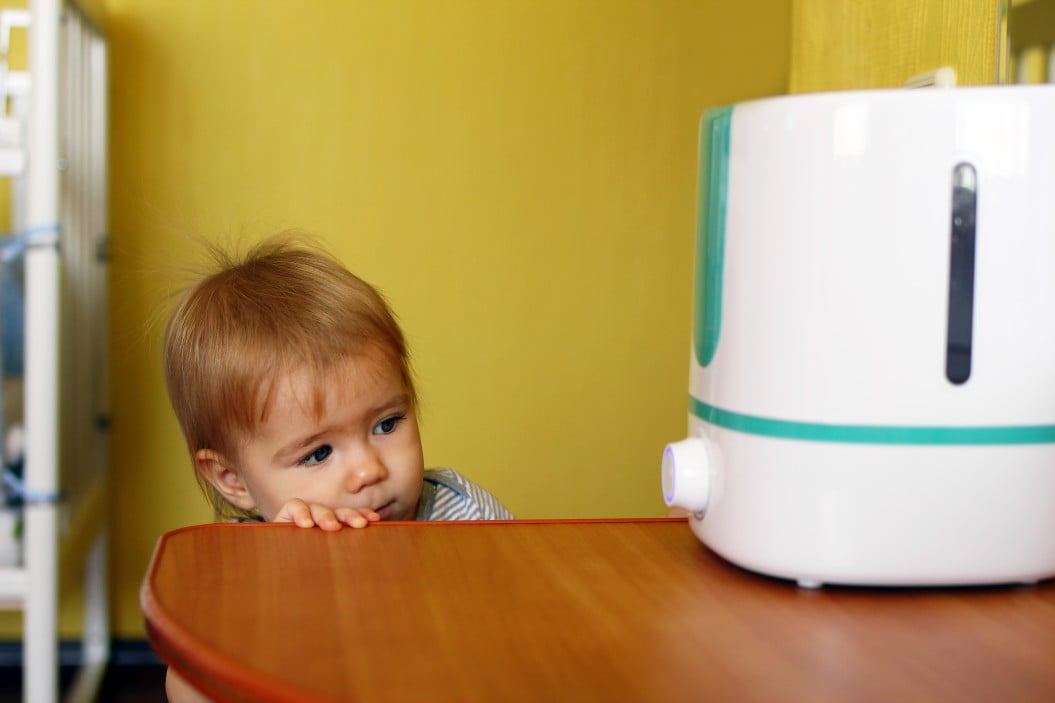
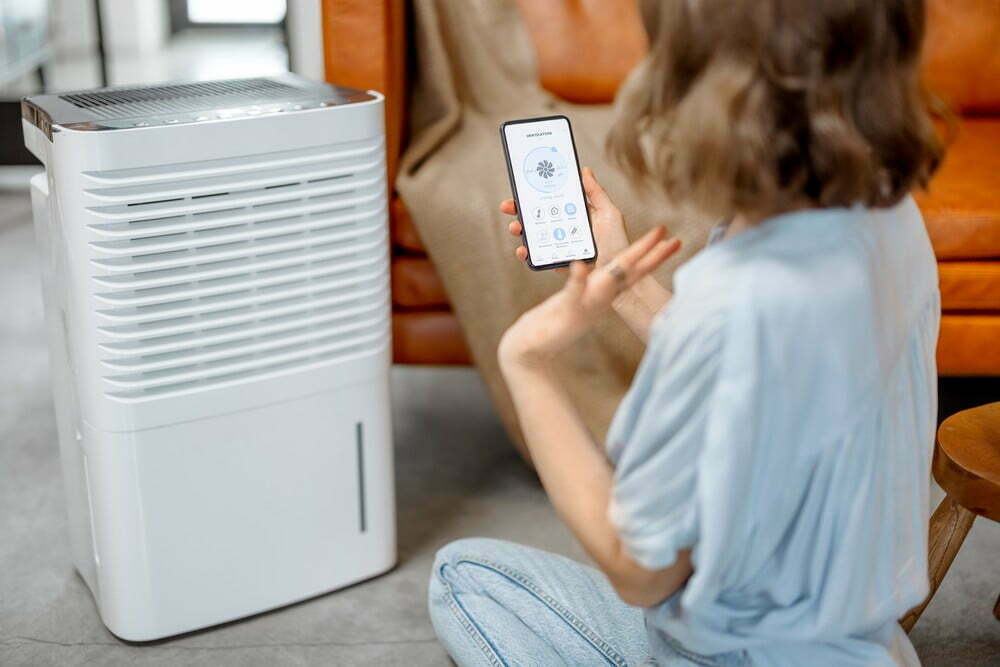
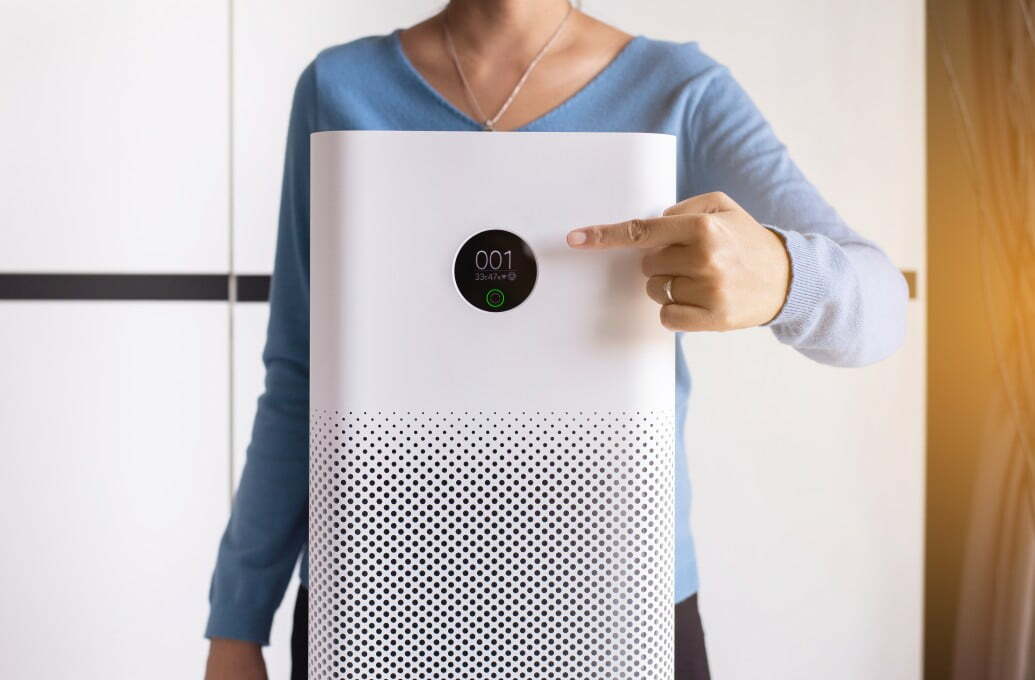
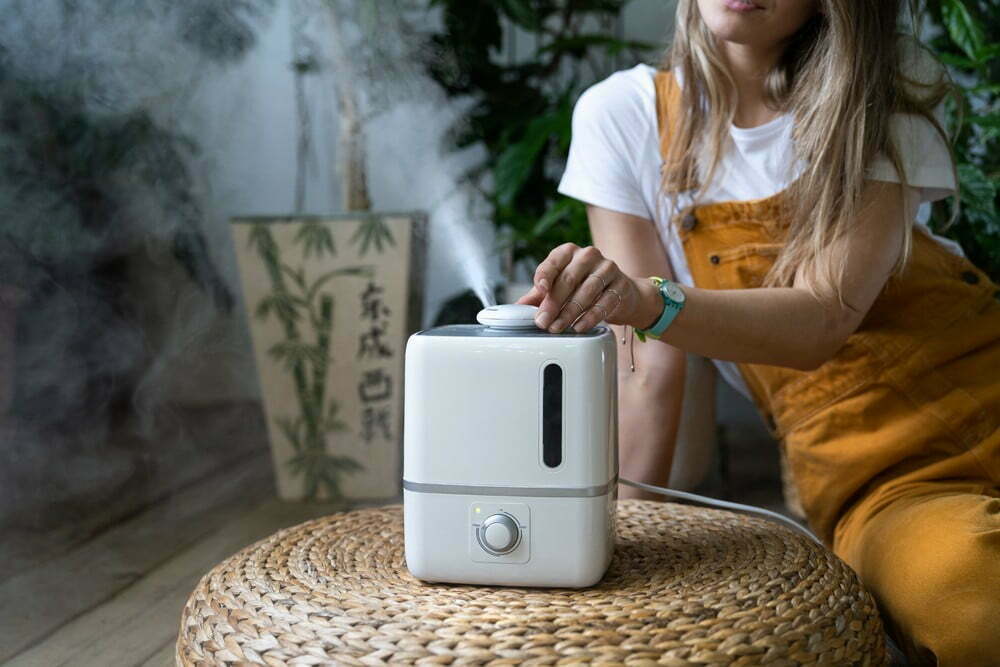
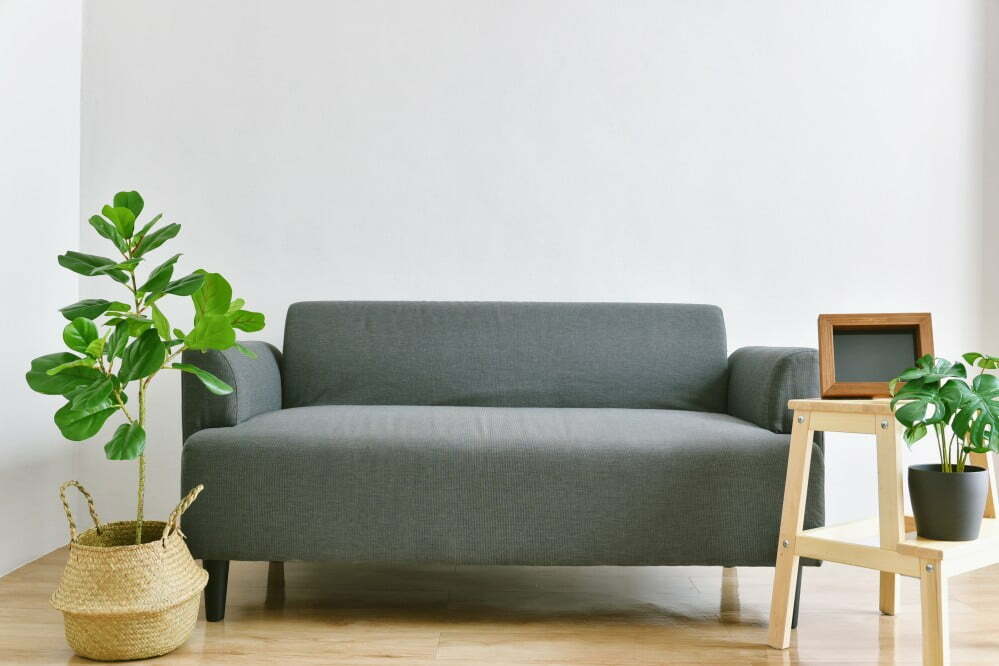

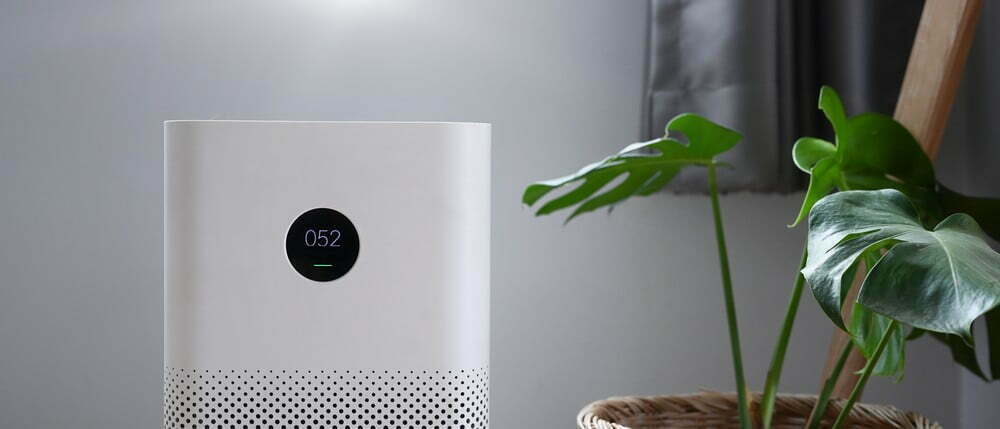
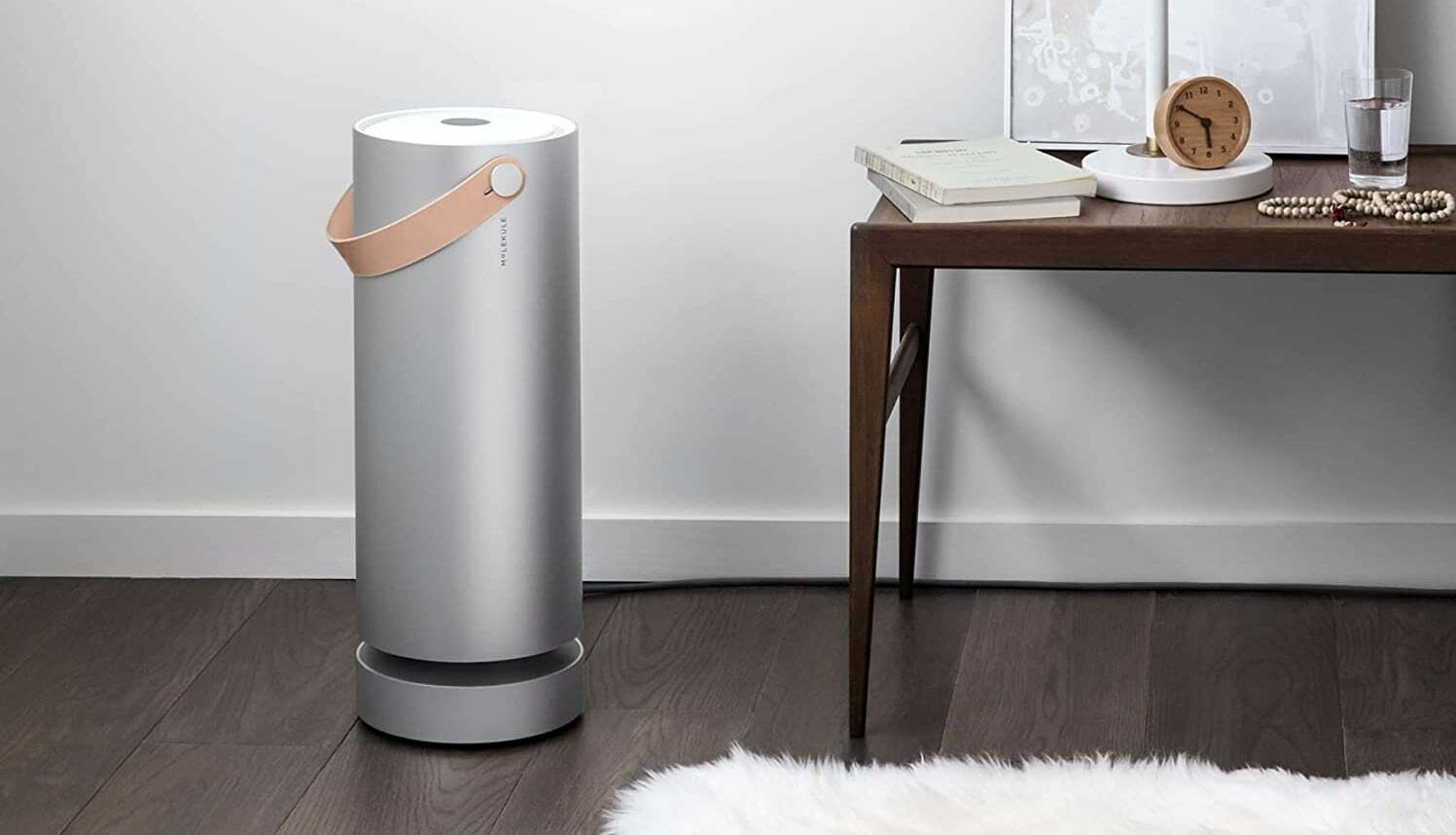
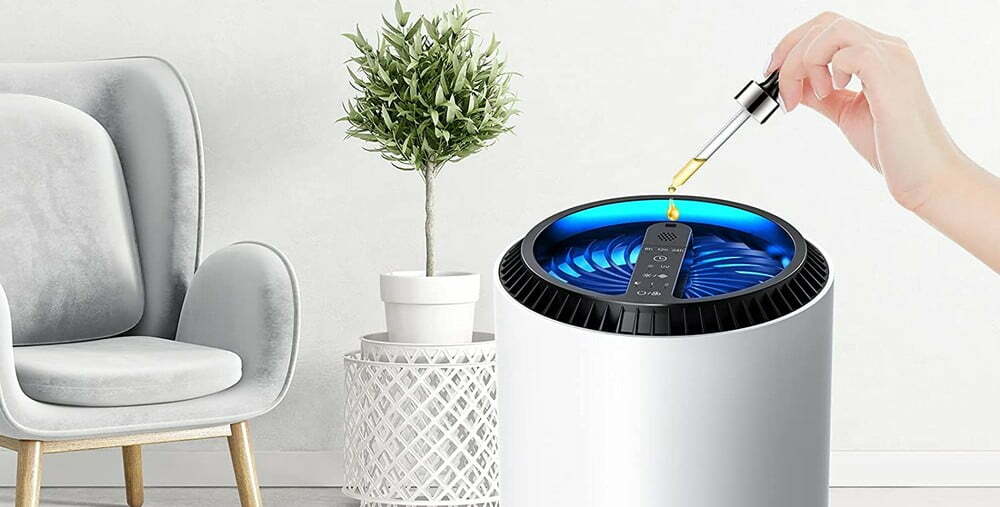
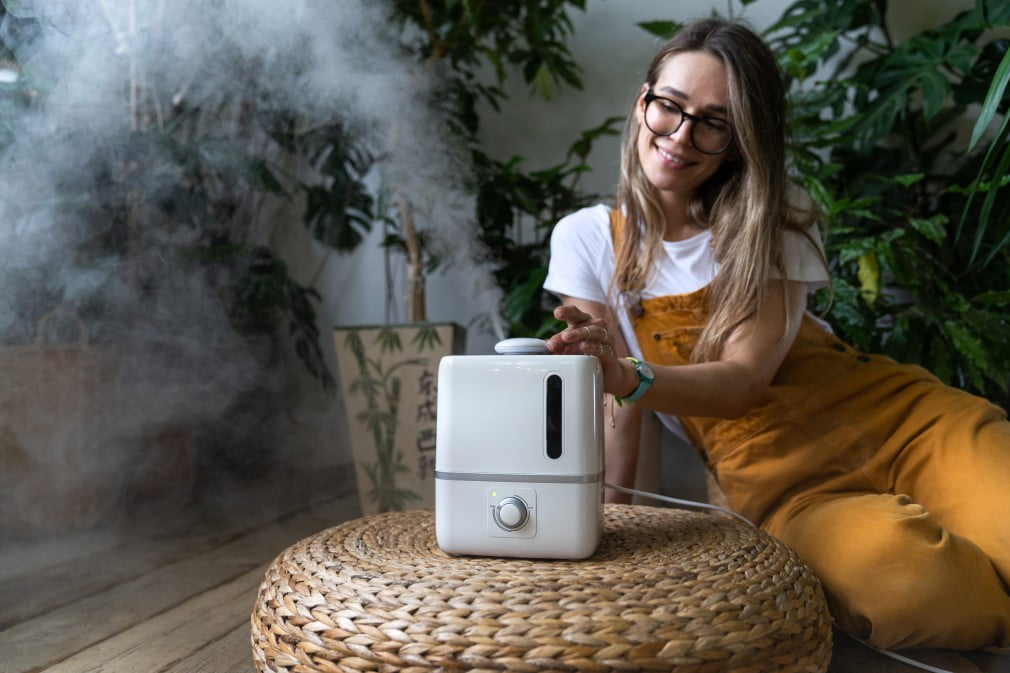
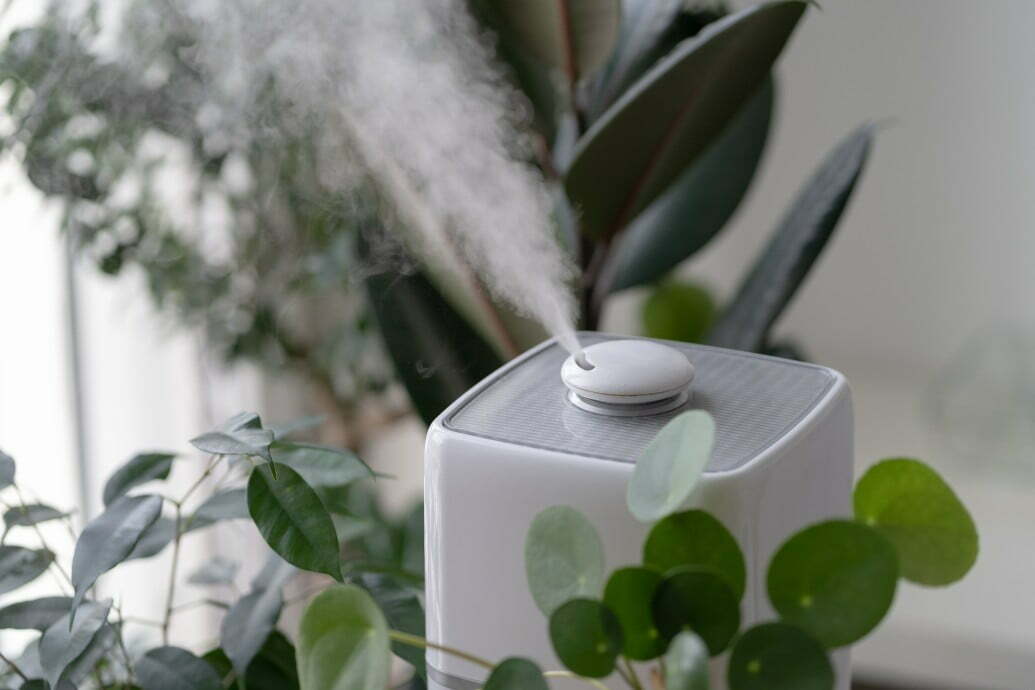
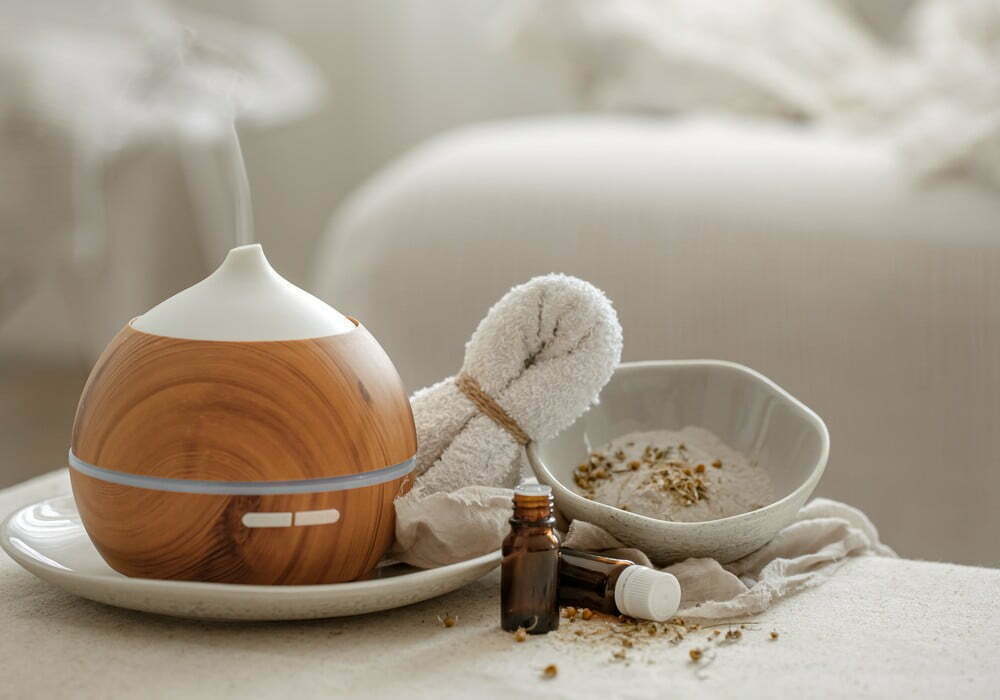
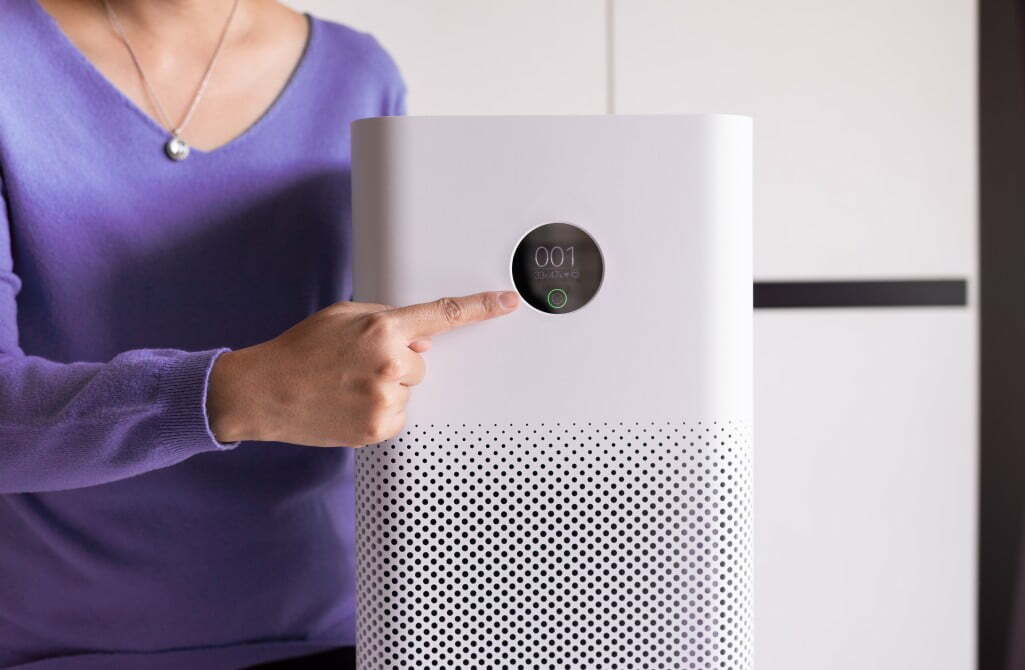
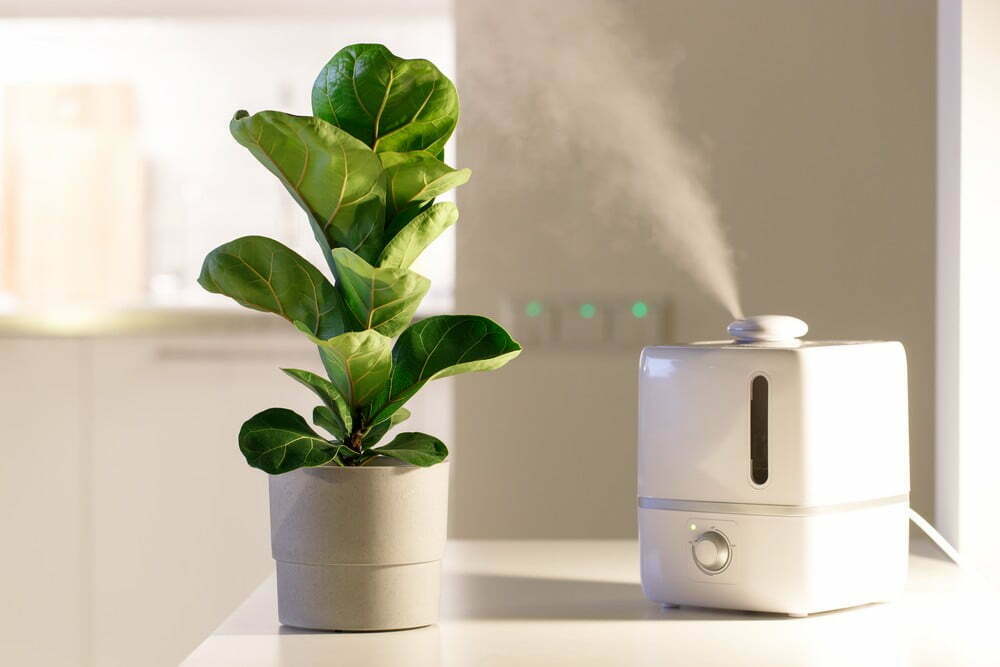
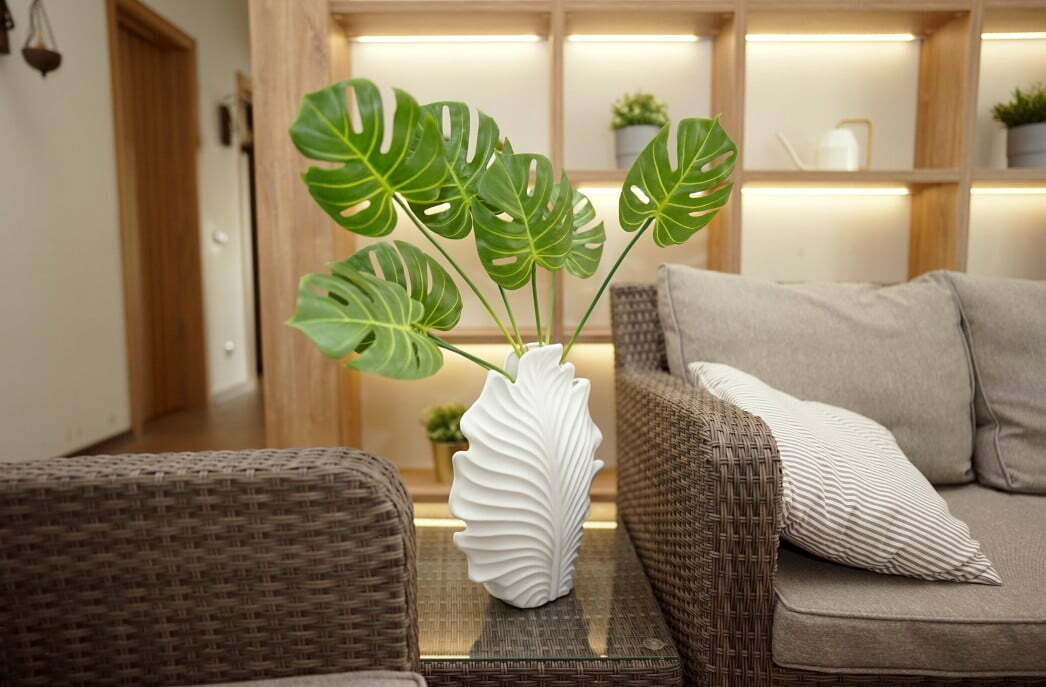
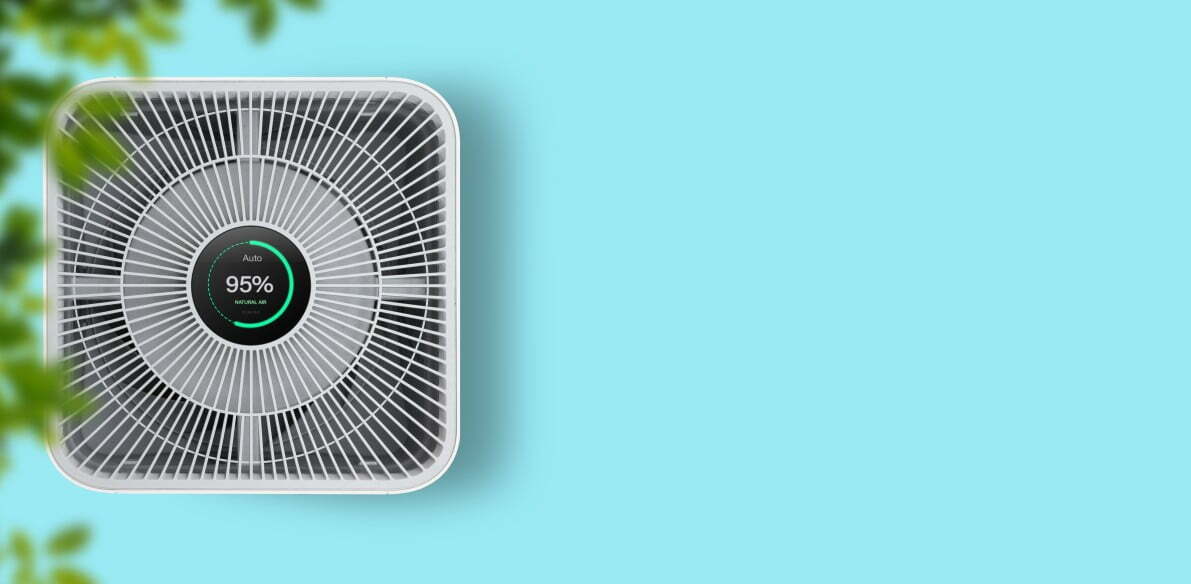
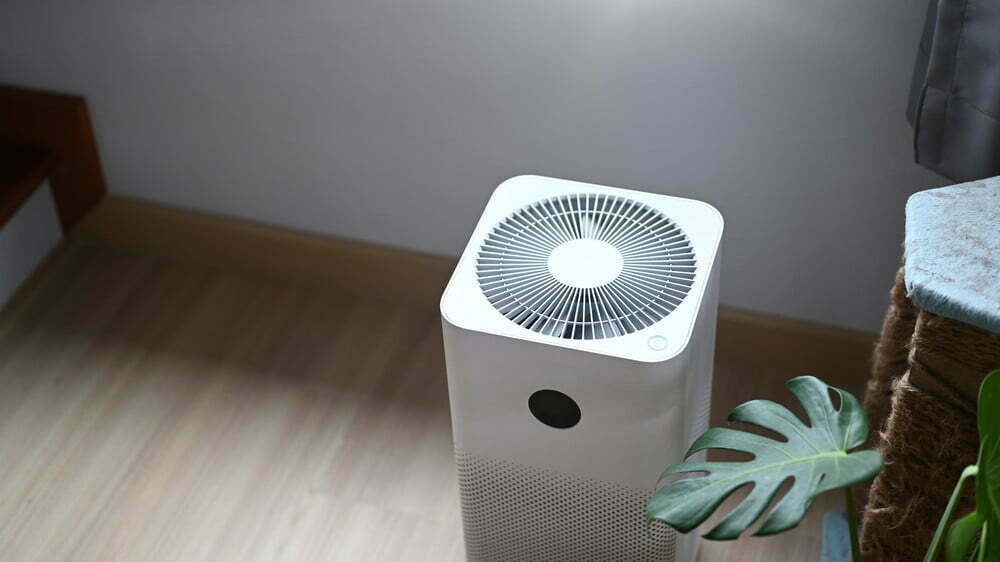
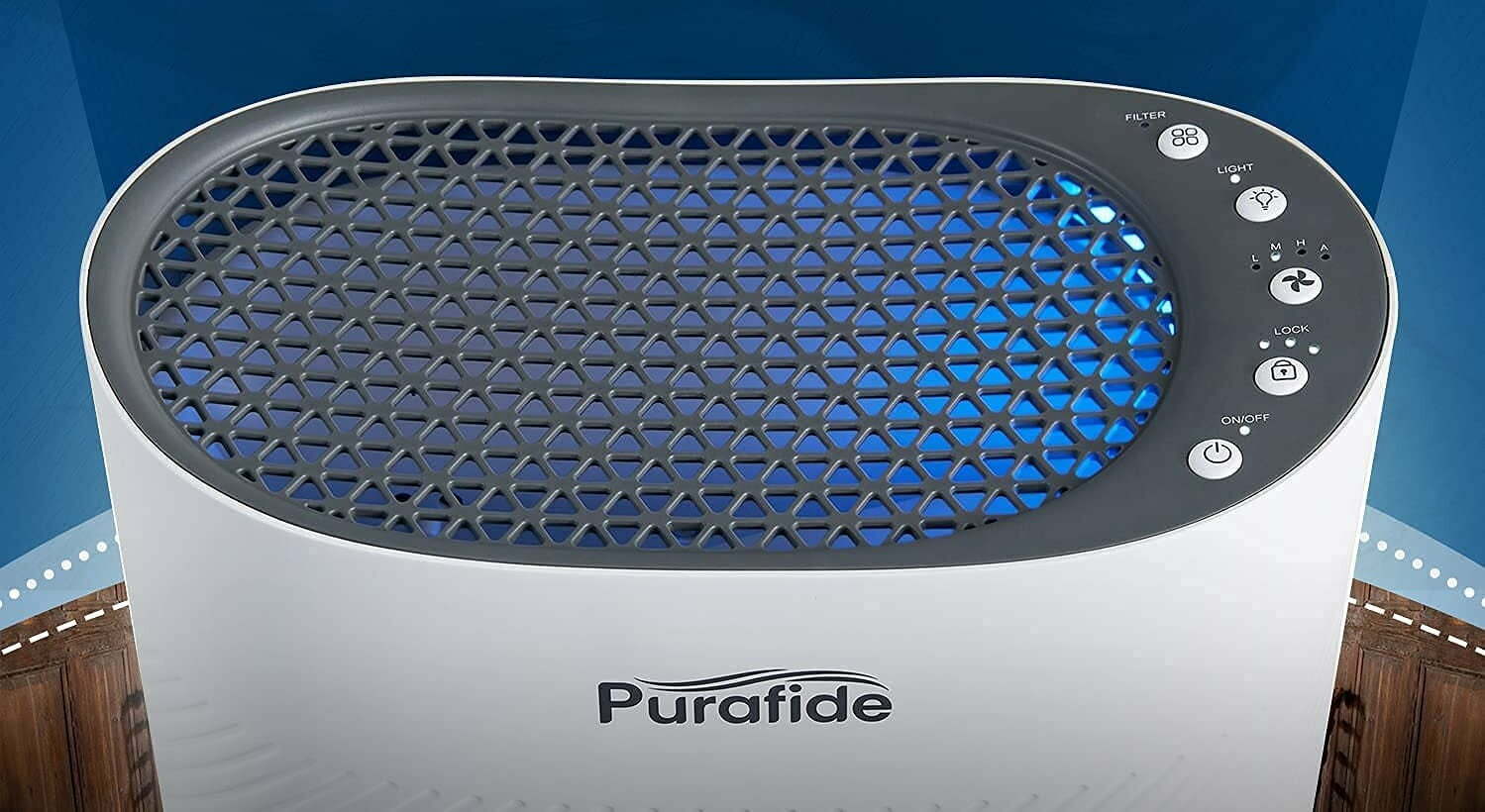
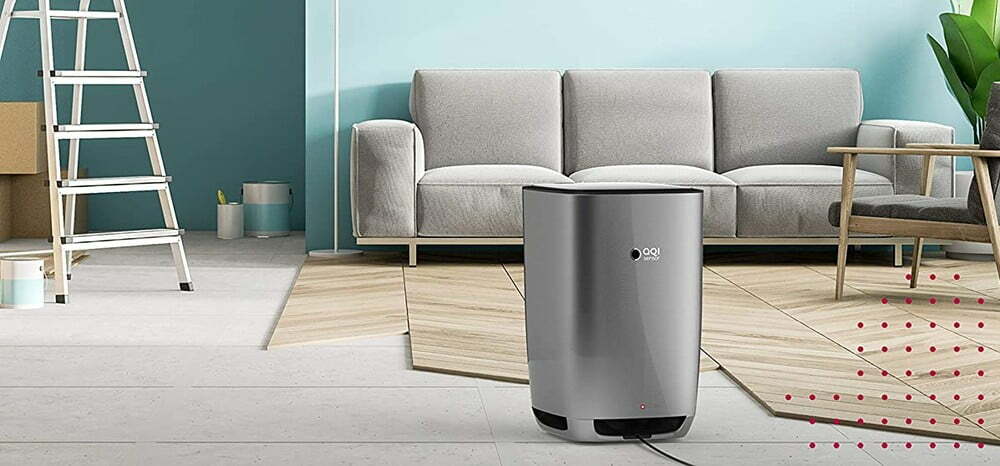
![Best Air Purifiers for VOCs and Formaldehyde in [year] 27 Best Air Purifiers for VOCs and Formaldehyde in 2026](https://www.gadgetreview.dev/wp-content/uploads/best-air-purifier-for-vocs-and-formaldehyde-image.jpg)
![Best Air Purifier in [year] ([month] Reviews) 28 Best Air Purifier in 2026 (January Reviews)](https://www.gadgetreview.dev/wp-content/uploads/Honeywell-True-HEPA-Allergen-Remover-HPA300-e1475603569442.jpg)
![Best Air Purifiers for Dust in [year] 29 Best Air Purifiers for Dust in 2026](https://www.gadgetreview.dev/wp-content/uploads/best-air-purifier-for-dust-image.jpg)
![Best Honeywell Air Purifiers in [year] 30 Best Honeywell Air Purifiers in 2026](https://www.gadgetreview.dev/wp-content/uploads/best-honeywell-air-purifier-image.jpg)
![Best Germicidal Air Purifiers in [year] 31 Best Germicidal Air Purifiers in 2026](https://www.gadgetreview.dev/wp-content/uploads/best-germicidal-air-purifier-image.jpg)
![Best Filterless Air Purifiers in [year] 32 Best Filterless Air Purifiers in 2026](https://www.gadgetreview.dev/wp-content/uploads/best-filterless-air-purifier-image.jpg)
![Best Levoit Air Purifiers in [year] 33 Best Levoit Air Purifiers in 2026](https://www.gadgetreview.dev/wp-content/uploads/best-levoit-air-purifier-image.jpg)
![Best Air Purifiers for Smoking Weed in [year] 34 Best Air Purifiers for Smoking Weed in 2026](https://www.gadgetreview.dev/wp-content/uploads/best-air-purifier-for-smoking-weed-image.jpg)
![Best Quiet Air Purifiers in [year] 35 Best Quiet Air Purifiers in 2026](https://www.gadgetreview.dev/wp-content/uploads/best-quiet-air-purifier-image.jpg)
![Best Desktop Air Purifiers in [year] 36 Best Desktop Air Purifiers in 2026](https://www.gadgetreview.dev/wp-content/uploads/best-desktop-air-purifier.jpg)
![Best Dyson Air Purifiers in [year] 37 Best Dyson Air Purifiers in 2026](https://www.gadgetreview.dev/wp-content/uploads/best-dyson-air-purifier.jpg)
![Best Air Purifiers for Dorm Room in [year] 38 Best Air Purifiers for Dorm Room in 2026](https://www.gadgetreview.dev/wp-content/uploads/air-purifier-for-dorm-room-1.jpg)
![Best Air Purifiers for Office in [year] 39 Best Air Purifiers for Office in 2026](https://www.gadgetreview.dev/wp-content/uploads/best-air-purifier-for-office.jpg)
![Best Air Purifiers for Basement in [year] 40 Best Air Purifiers for Basement in 2026](https://www.gadgetreview.dev/wp-content/uploads/best-air-purifier-for-basement.jpg)
![Best Air Purifiers For Odor in [year] 41 Best Air Purifiers For Odor in 2026](https://www.gadgetreview.dev/wp-content/uploads/best-air-purifier-odor.jpg)
![10 Best Personal Air Purifiers in [year] 42 10 Best Personal Air Purifiers in 2026](https://www.gadgetreview.dev/wp-content/uploads/best-personal-air-purifiers.jpg)
![10 Best Plug In Air Purifiers in [year] 43 10 Best Plug In Air Purifiers in 2026](https://www.gadgetreview.dev/wp-content/uploads/best-plug-in-air-purifier-image.jpg)
![10 Best Whole House Air Purifiers in [year] 44 10 Best Whole House Air Purifiers in 2026](https://www.gadgetreview.dev/wp-content/uploads/best-whole-house-air-purifier-image.jpg)
![10 Best Large Room Air Purifiers in [year] 45 10 Best Large Room Air Purifiers in 2026](https://www.gadgetreview.dev/wp-content/uploads/Coway-Airmega-200M-Large-Room-Air-Purifier-900x900-1.png)
![10 Best UV Air Purifiers in [year] 46 10 Best UV Air Purifiers in 2026](https://www.gadgetreview.dev/wp-content/uploads/best-uv-air-purifier.jpg)
